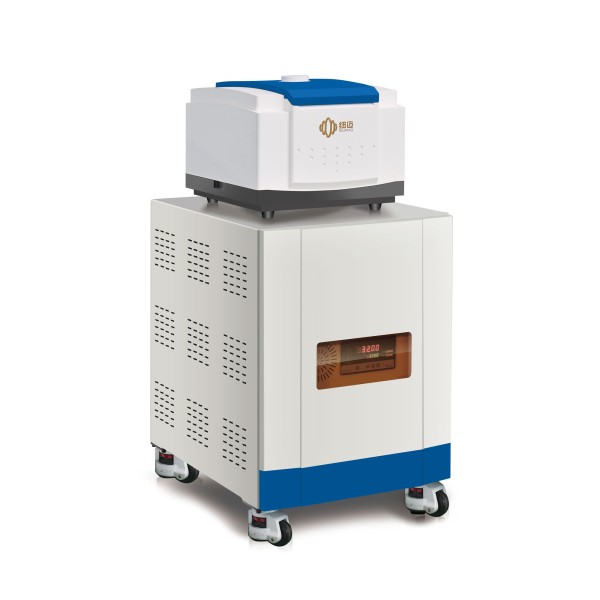SFC NMR Application and Research
SFC (Solid Fat Content)
SFC (solid fat content) is a parameter used to measure the percentage of solid fat in a sample at a specific temperature. It is an important parameter in the food industry, particularly in the production of chocolate, margarine, and other fat-based products. For example, in the production of chocolate, the SFC can affect the texture, appearance, and melting properties of the final product. In margarine production, the SFC can affect the spreadability and texture of the product. Therefore, measuring the SFC is an important step in the development and production of fat-based products, as it allows manufacturers to optimize the formulation and processing conditions to achieve the desired properties in the final product.
SFC NMR Principle
SFC (Solid fat content) can be measured by NMR (nuclear magnetic resonance). The principle behind this method is based on the fact that different types of fats have different molecular structures, which in turn affects their physical properties, including their melting behavior.
The SFC NMR is determined by measuring the amount of solid fat in a sample at a given temperature using techniques such as pulsed NMR (nuclear magnetic resonance) or dilatometry. The percentage of solid fat content can vary depending on the type of fat, the processing conditions, and the temperature.
During an NMR experiment, the sample is placed in a magnetic field, and a radiofrequency pulse is applied to excite the nuclei in the sample. The resulting signal is then analyzed to determine the solid fat content.
SFC NMR Measurement
In the case of SFC NMR measurement, the NMR signal from the sample is collected at different temperatures. At low temperatures, all of the fat is solid, and the NMR signal is strong. As the temperature is increased, the solid fat begins to melt and the NMR signal decreases. At a certain temperature, called the melting point, all of the solid fat has melted and the NMR signal disappears completely.
By measuring the NMR signal as a function of temperature, it is possible to determine the percentage of solid fat content in the sample at each temperature. This information can be used to determine the melting behavior and physical properties of the fat, which is important in many food applications.
Overall, NMR is a powerful technique for measuring the solid fat content of samples, as it is non-destructive and can provide highly accurate and precise measurements.
SFC NMR Application
SFC measured by NMR has a wide range of applications in the food industry, especially in the production of fat-based products. Here are some specific examples:
- Chocolate production: SFC measured by NMR is used to determine the melting behavior of chocolate. Chocolate has a specific SFC profile that is dependent on the type of fat used and the processing conditions. By measuring the SFC of the chocolate at different temperatures, manufacturers can optimize the formulation and processing conditions to achieve the desired texture, appearance, and melting properties of the final product.
- Margarine production: SFC measured by NMR is used to determine the spreadability and texture of margarine. The SFC of the margarine affects its consistency and spreadability, which is important for consumer acceptance. By measuring the SFC of the margarine at different temperatures, manufacturers can optimize the formulation and processing conditions to achieve the desired properties in the final product.
- Shortening production: SFC measured by NMR is used to determine the melting behavior and texture of shortenings. Shortenings are used in baking applications to provide structure, texture, and mouthfeel to baked goods. The SFC of the shortening affects its melting behavior and texture, which is important for the performance of the product in baking applications.
- Dairy products: SFC measured by NMR is used to determine the consistency and texture of dairy products, such as butter, cream, and cheese. The SFC of these products affects their spreadability, texture, and mouthfeel, which is important for consumer acceptance.
SFC NMR Instrument
PQ001-SFC- Solid Fat Content Analyzer Benchtop NMR
There are several NMR instruments that can be used for SFC measuring.
- Low-field NMR instruments: These instruments are typically less expensive and easier to use than high-field instruments. They are well-suited for routine SFC measurements in food and agricultural research. Examples of low-field NMR instruments include the NIUMAG PQ001 NMR systems.
- High-field NMR instruments: These instruments offer higher resolution and sensitivity than low-field instruments. They are well-suited for more complex SFC measurements, such as the determination of polymorphic forms and crystal sizes.
When selecting an NMR instrument for SFC measurement, it is important to consider factors such as sensitivity, resolution, and ease of use, as well as the specific needs of the application. It may be helpful to consult with an NMR expert or instrument vendor to determine the best instrument for the particular SFC measurement needs.
 NIUMAG
NIUMAG

